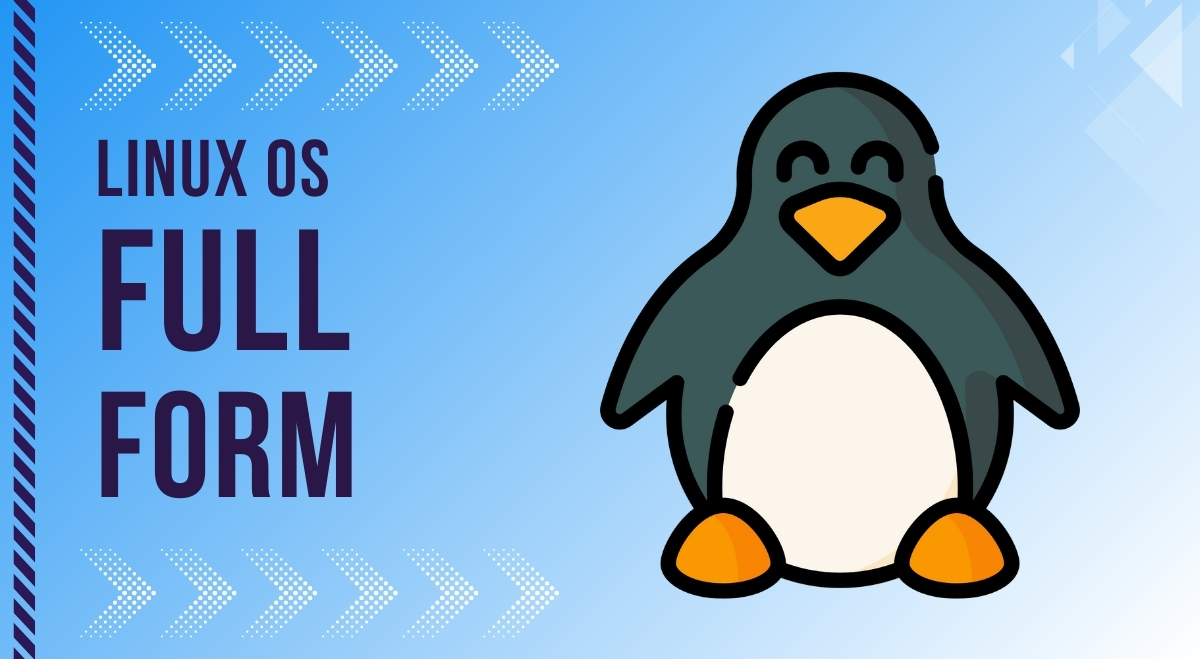You’re using it right now if you’re reading this on the web, whether you realise it or not. The open-source operating system Linux is all around us, in our computers, phones and, soon, even our cars. If you’ve ever wondered what it stands for and why it matters, stay with me. In this article, I want to take you through the history and significance of Linux, including how it came to dominate the tech world, and what it means for the future of computing.
What is the Full Form of Linux?
Linux is an open-source operating system released by the Finnish computer science student Linus Torvalds in 1991. Its name has a double meaning. ‘Linux’ is an acronym, and it stands for ‘Lovable Intellect Not Using Xp’. The acronym is meant to be taken with a pinch of salt: ‘Lovable’ reflects the spirit of the Linux community, which was and is characterised by an ethos of playfulness, innovation, collaboration and freedom.
The History of Linux: From a Student Project to a Global Phenomenon
Linux started as a hobby OS designed by Linus Torvalds, a student at the University of Helsinki in Finland. While he was a student, he set out to create a free, open-source Unix clone. T
he way he began is perhaps the most interesting part of the story: without the source code to the Unix kernel, he looked up system calls in Tanenbaum’s Minix and SunOS documentation – the operating systems that his university used to run its Sun Microsystems servers.
As time went on, other developers from around the world started working with Torvalds to incorporate GNU components into a working, free OS. Today, Linux runs on tens of millions of machines around the world, and is supported by a thriving community of developers and users.
The Key Features of Linux: What Makes It Stand Out?
Many features of the Linux operating system make it stable, secure and flexible, such as:
- Open-source: Linux is licensed under the GNU General Public License, under which the source code can be made available to anyone who wants to use, modify and redistribute it.
- Customisable: Users can configure Linux to fit their own needs, be it for a server, a desktop computer or an embedded system.
- Safe: Linux is less vulnerable to viruses and malware than proprietary operating systems, due to its open-source nature and the close attention of the Linux community.
The Different Types of Linux Distributions
Linux is available in several flavours, known as distributions or ‘distros’: some popular Linux distributions are:
- Ubuntu
- Fedora
- Debian
- Red Hat Enterprise Linux
- CentOS
Each distribution has its own identity and audience, but they all share the same Linux kernel and core code.
How is Linux Used in the Real World?
Linux has been used in everything from servers and supercomputers to embedded systems and mobile phones. For example:
- Web servers: Most of the world’s top websites, such as Google, Facebook and Amazon, are Linux servers.
- Cloud computing: Linux forms the basis of many of the cloud computing environments that are built and sold today, such as Amazon Web Services and Google Cloud Platform.
- Mobile devices: the most popular mobile operating system in the world, Android, is based on the Linux kernel.
What is the Difference Between Linux and Other Operating Systems?
As already mentioned, Linux can be compared, among others, with Windows and macOS. Its main differences are:
- Price: Linux is free and open source because it was developed by volunteers who had a different ideological vision. Windows and Mac OS are proprietary and, while you can buy a Windows or Mac preinstalled computer, the two operating systems are also licensed.
- Customization: Linux is highly customizable, while Windows and macOS have more limited customization options.
- Security: Linux is more secure than Windows because users can scrutinise the source code and the community keeps an eye on things.
What are Some Common Linux Commands?
Linux has a highly developed command-line interface (also known as a shell), which allows one to accomplish a wide variety of tasks. There are many different Linux commands, but some of the most commonly used ones are:
- ls: Lists the files and directories in the current directory.
- cd: Changes the current directory.
- mkdir: Creates a new directory.
- rm: Removes a file or directory.
- cp: Copies a file or directory.
How Can I Get Started with Linux?
If you’d like to give Linux a spin, there are several getting started resources:
- Downloading a Linux distribution and installing it on your computer.
- Using a live Linux USB drive to try out Linux without installing it.
- Take an online course or tutorial to learn the basics of Linux.
What is the Future of Linux?
With the world becoming more digital, the importance of Linux increases. The following main trends and developments can be distinguished within the Linux world.
- IoT: Linux is growing in Internet of Things (IoT) products, such as smart home appliances and industrial sensors.
- Cloud computing: With the transition of more companies to the cloud, Linux is increasingly becoming the operating system of choice for many cloud computing platforms.
- Artificial intelligence: Linux is an important component in the development of artificial intelligence and machine learning technologies because of its flexibility and scalability.
Conclusion
Linux is an operating system, yes, but it’s also a philosophy and a culture, a community that thrives on openness, innovation and cooperation – a place where a developer, a system admin, and even a casual user can find themselves at home. Uncover the true origin of the full form of Linux, and you might just gain a newfound respect for an operating system like no other.

